Unique Identity ID:
C63YA76VK6W9

Effective Strategies for Managing Competing Stakeholder Interests
Managing complex programs with multiple stakeholders often involves navigating competing interests and priorities. Ensuring project success in such environments requires careful planning, strategic decision-making, and effective communication. This article presents several methods for prioritizing and balancing stakeholder needs throughout the project lifecycle. By exploring stakeholder analysis, transparent communication, goal-setting, decision-making frameworks, conflict resolution, and flexible planning techniques, I provide a comprehensive guide to maintaining progress and alignment in complex programs.
Prioritizing competing stakeholder interests and needs in complex programs is crucial for maintaining progress and achieving successful outcomes. Here are some methods that have been employed effectively:
1. Stakeholder Analysis and Mapping
Stakeholder Identification: Identify all stakeholders and understand their roles, influence, and interests. Tools like the Power-Interest Grid can help categorize stakeholders based on their level of influence and interest in the project .
Prioritization Matrix: Develop a prioritization matrix to evaluate and rank stakeholder interests based on criteria such as impact on project success, urgency, and alignment with project goals.
2. Transparent and Structured Communication
Regular Updates: Provide regular updates to stakeholders through newsletters, status reports, and meetings. This helps keep everyone informed and reduces the risk of misalignment.
Stakeholder Meetings: Hold regular stakeholder meetings to discuss progress, address concerns, and gather feedback. This ensures that all voices are heard and considered in decision-making .
3. Establish Clear Objectives and Goals
Project Charter: Develop a clear project charter that outlines the project’s objectives, scope, and deliverables. Ensure that all stakeholders agree on these elements at the start of the project.
SMART Goals: Set Specific, Measurable, Achievable, Relevant, and Time-bound (SMART) goals to align stakeholder expectations with the project’s objectives .
4. Use of Decision-Making Frameworks
RACI Matrix: Use a Responsibility Assignment Matrix (RACI) to clarify roles and responsibilities for each task, ensuring accountability and clear decision-making paths.
Multi-Criteria Decision Analysis (MCDA): Employ MCDA to evaluate options based on multiple criteria, helping to balance and prioritize stakeholder needs effectively (PLOS).
5. Conflict Resolution Mechanisms
Mediation and Negotiation: Implement mediation and negotiation techniques to resolve conflicts between stakeholders. Facilitators or mediators can help find common ground and mutually beneficial solutions.
Consensus Building: Use consensus-building techniques to achieve agreement among stakeholders on key issues. This can involve facilitated workshops and collaborative decision-making processes (American Institute of Physics).
6. Flexibility and Adaptability
Adaptive Planning: Maintain flexibility in project planning to accommodate changing stakeholder needs and priorities. This can involve iterative planning processes and regular review sessions.
Contingency Planning: Develop contingency plans to address potential conflicts or changes in stakeholder priorities. This ensures that the project can adapt without significant disruptions .
7. Aligning Stakeholder Interests with Project Goals
Benefits Realization Management: Focus on the benefits realization aspect of project management to align stakeholder interests with the overall goals and objectives of the project.
Value Engineering: Apply value engineering techniques to optimize project outcomes and ensure that stakeholder interests are met within the constraints of budget, time, and quality .
Mastering the art of managing competing stakeholder interests is a critical component of successful project management in complex programs. By leveraging stakeholder analysis, transparent communication, clear goal-setting, decision-making frameworks, conflict resolution mechanisms, and flexible planning approaches, project managers can adeptly navigate diverse priorities and maintain alignment with project objectives. The application of these strategies in real-world scenarios has proven to enhance project efficiency, promote stakeholder satisfaction, and ultimately contribute to achieving successful outcomes.
References
PMI. (2017). A Guide to the Project Management Body of Knowledge (PMBOK Guide) – Sixth Edition.
Kerzner, H. (2017). Project Management: A Systems Approach to Planning, Scheduling, and Controlling.
Bourne, L. (2015). Stakeholder Relationship Management: A Maturity Model for Organisational Implementation.
Olander, S. (2007). Stakeholder Impact Analysis in Construction Project Management. Construction Management and Economics.
Lock, D. (2020). Project Management.
Saaty, T.L. (2008). Decision making with the analytic hierarchy process. International Journal of Services Sciences.
Fisher, R., & Ury, W. (1991). Getting to Yes: Negotiating Agreement Without Giving In.
Agile Alliance. (2020). Agile Practices.
Dell'Isola, A. (1997). Value Engineering: Practical Applications for Design, Construction, Maintenance and Operations.
Young, T.L. (2016). Successful Project Management.
Looking for more insights and resources to help you effectively manage complex programs and stakeholder alignment? Check out our iPrograms podcast, where we delve into the latest trends, best practices, and real-world experiences in project management. Our expert guests share valuable lessons learned and practical tips to help you navigate the complexities of interconnected schedules and diverse stakeholder interests. Tune in to the iPrograms podcast today to expand your knowledge and stay ahead in the fast-paced world of project management.
You can find the iPrograms podcast on popular platforms such as:
Don't miss out on this valuable resource – subscribe to the iPrograms podcast today and start enhancing your project management skills!

